Early Detection and Rapid Response (EDRR) is a very important weed management strategy. EDRR aims to utilize a variety of surveying methods in order to detect new invasive species. This prevents these species from becoming established and becoming difficult to control or eradicate. Following the detection of a new infestation an appropriate rapid response is enacted. This often includes repeated monitoring and if necessary recurrent treatments to ensure successful eradication.
EDRR makes sense for several reasons:
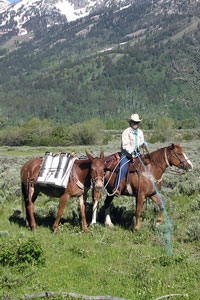
- Economically, it is much more efficient to control a couple of plants as opposed to a couple of acres of plants.
- Environmentally, if a pesticide is required to control the new invasion, much less is used to control the target species if it is treated before it has spread too far.
- Stopping a new invader before it establishes in the ecosystem can reduce the potential for further spreading and reproduction of the invasive population as well as negative transformative impacts to the ecosystem; which are often associated with invasive species.
- Rapid responses can alert other concerned entities to the location of the infestations so that they can begin focused prevention and surveying efforts.
- The EDRR management philosophy works whether the area is your yard, your county, or your state.
- EDRR programs are a great opportunity for the public to become involved in the detection of new invasive species.
In response to the need for developing and coordinating a state-wide EDRR network, in 2007 the Wyoming Weed & Pest
Council established an EDRR Committee. The committee consists of members of each of the six Wyoming Weed & Pest Council areas, the Wyoming Department of Agriculture’s Weed & Pest Program Coordinator, the Cooperative Agriculture Pest Survey Coordinator, the University of Wyoming’s Extension Weed Specialist, the State Mapping Coordinator, as well as many volunteers and at large members.
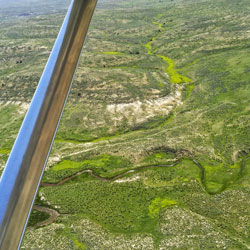
The committee is in the process of multiple tasks including; the creation of reporting protocols, creating presence/absence maps to facilitate EDRR efforts between neighboring counties, response planning, identifying potential EDRR species, creation of education materials and presentations including a new YouTube video, connecting to other EDRR networks and communicating with neighboring states, and distributing EDRR alerts. The EDRR Committee actively promotes the use of EDDMapS the Early Detection and Distribution Mapping System through its website and mobile applications. This helps facilitate a national network and database for EDRR. Please visit http://www.eddmaps.org/ or
http://www.weedcenter.org/news/app.html to learn more or to start helping with EDRR efforts.
Supporting EDRR programs and using it as a management strategy helps save time, money, and most importantly it helps protect the integrity and health of your ecosystem.
Highlighted Species
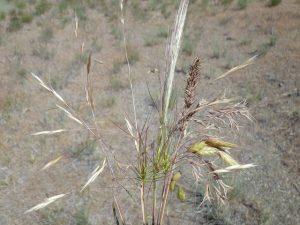
Ventenata
Ventenata, commonly referred to as wiregrass, is a winter annual grass that is native to central and southern Europe, north Africa, and eastward to central Asia. Ventenata will reduce native perennial grass and forb biodiversity, altering native community structure and ecosystem functioning.
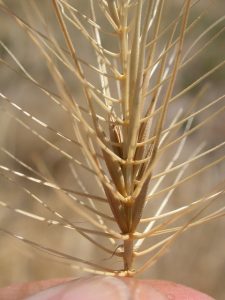
Medusahead
Medusahead, also known as medusahead rye or medusahead grass, is native to the Mediterranean Region. It crowds out native species and forage for livestock.
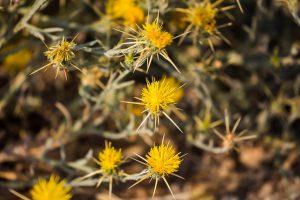
Yellow Starthistle
Yellow Starthistle, commonly known as golden star thistle, is native to Eurasia. Introduced in the 1800’s, it crowds out native species and is toxic to horses.
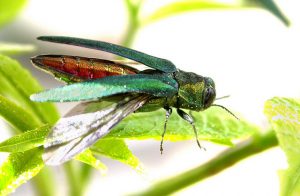
Emerald Ash Borer
Emerald Ash Borer is a beetle known as Agrilus planipennis. The adult beetles do minimal harm, but the larvae disrupt a tree’s ability to transport water and nutrients.

